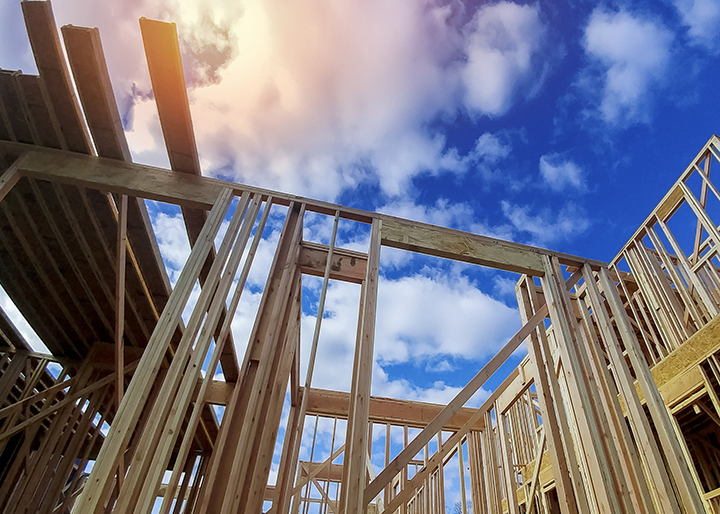The Rising Threat of Scams in SFR
Vigilance and Proactive Measures Cannot be Overstated By Sahil Farooqi In the ever-evolving landscape of real estate, the terror of rental fraud has emerged as a significant threat to property managers and investors alike. With rental fraud becoming more sophisticated, ranging from synthetic fraud to fraudulent listings, the importance of safeguarding single-family rentals cannot be overstated. These unlawful activities not only jeopardize the financial returns on rental properties, but also
Read More










